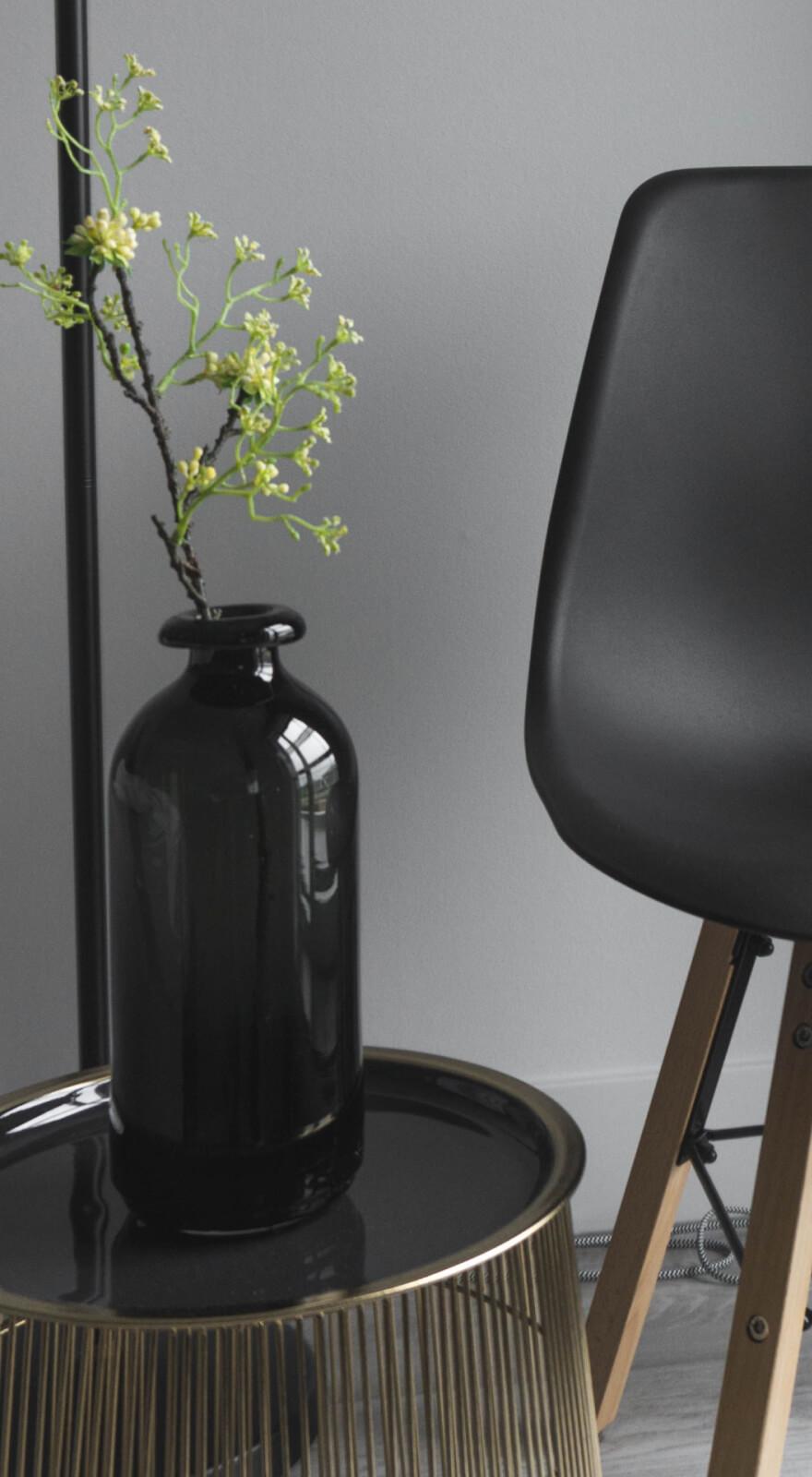Knowde Enhanced TDS
Identification & Functionality
- Technologies
Features & Benefits
- Ready-to-Use Product Features
- Product Highlights
This formulation is a blend of a fifth generation quat (i.e. blend of didecyl dimethyl ammonium chloride and n-alkyl (50% C14, 40%C12, 10%C16) dimethyl benzyl ammonium chloride) in water. SERVCIDE 256 can be used to disinfect and/or sanitize non-food contact surfaces as well as a wide range of non-porous hard surfaces such as floors, walls, and countertops. SERVCIDE 256 meets EPA’s criteria for use against SARS-CoV-2, the virus that causes COVID-19.
- Key Benefits
- Concentrate
- Broad spectrum disinfectant, virucide, sanitizer, and cleaner
- Effective one-step hospital-use germicidal, disinfectant, non-food sanitizer, cleaner and deodorant
- Effective against Coronavirus (SARS-associated) and Avian Influenza A (H1N1, H3N2 and H5N1)
- Effective against HBV, HCV, Herpes Simplex Type 1 & 2, and Staphylococcus aureus (MRSA)
Applications & Uses
- Markets
- Applications
- Application Area
- Compatible Substrates & Surfaces
- Applications & Uses
- General Disinfection
- Hospital or Medical Environment Disinfectant
- One-Step General Hospital Medical Disinfectant, Virucide, Deodorizer, Cleaner
- Cleaning & Disinfecting Hard, Non-Porous Surfaces on Personal Protective Equipment
- Surgical Instrument Presoak
- Ultrasonic Bath Disinfectant
- Disinfecting use on Hard, Non-Porous Bath and Therapy Equipment
- Non-Food Contact Sanitizer
- Non-Food Contact Surface Sanitizing
- Ultrasonic Bath Sanitizer
- Sanitization of Hard, Non-Porous Surfaces on Personal Protective Equipment
- Shoe Foam/Spray Sanitizer
- Shoe/Boot Entryway Bath Sanitizer
- Entryway Sanitizing Systems
- Food Processing Premises
- Disinfectant in Dressing/Rendering Plants
- Disinfectant/Cleaner Food processing Plants Premises, Tobacco Premises, Food Service Establishments, Food Storage Areas and Equipment and Breweries.
- Barber/Salon
- Disinfectant/Virucide of Instruments, Tools and Footbaths
- Fogging
- Dairies, Beverage & Food Processing Plants, and Hatcheries
- Fungicidal/Mold/Mildew
- To Kill Fungi
- To Control Mold Mildew
- To Control the Growth of Mold and Mildew on Hard, Non-Porous Athletic Equipment
- To Control the Growth of Mold and Mildew on Large, Inflatable, Non-Porous Plastic & Rubber Structures
- Humidifier Algae Treatment
- Animal Premises
- Animal Premise Disinfectant / Virucide
- Hatcheries
- Vehicles
- Reptile Tank Cleaning & Disinfection
- Terrarium and Small Animal Cage and Cage Furniture Disinfection
- Hoof Trimming Equipment Sanitizer
- Restroom/Bathroom/Kitchen
- Non-Acid Toilet Bowl & Urinal Disinfectant/Cleaner
- Disinfect Shower Rooms, Locker Rooms and Other Large, Open Areas with Floor Drains
- Clean/Disinfect/Deodorize Hard, Non-Porous Non-Food Contact
- Surfaces
Regulatory & Compliance
- Certifications & Compliance
Packaging & Availability
- Availability
SERVCIDE 256 can be sold as either a General Disinfectant, Disinfectant, Non-Food Contact Sanitizer, Virucide, Fungicide, Mildewstat, Cleaner, Deodorizer or any combination of the aforementioned product types. Each product type is supported by data derived from elaborate testing that must meet the criteria set out by respective protocols.

